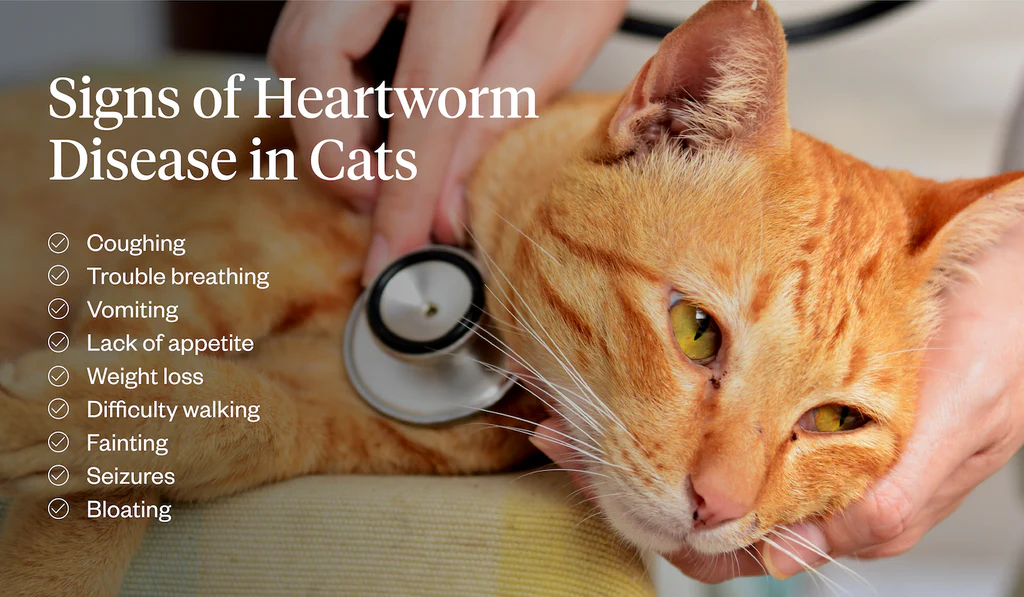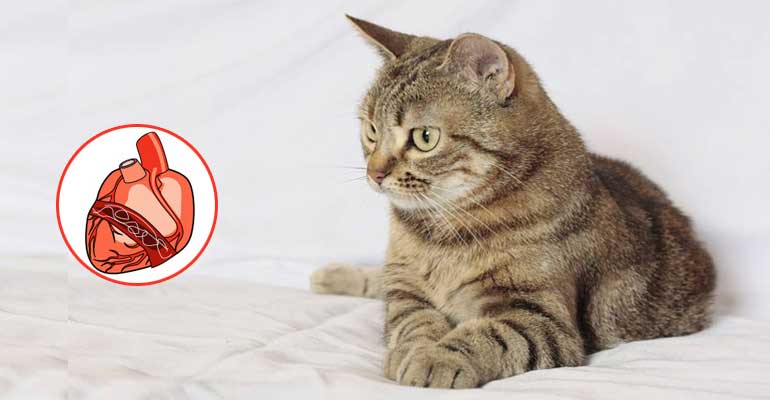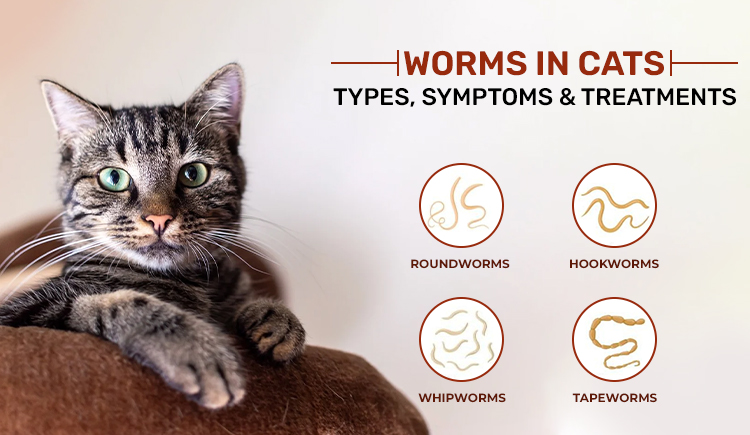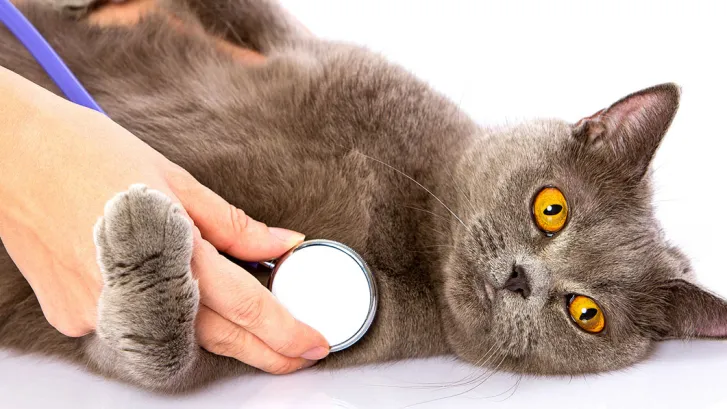Heartworm disease is a serious condition that affects both cats and dogs, but it manifests differently in each species. While dogs are often the primary focus of heartworm prevention and treatment, cats can also be affected by heartworms in unique ways. In this post, we’ll explore how heartworm disease affects cats, how it differs from dogs, and why it’s so dangerous for felines.
What Is Heartworm Disease?
Heartworm disease is caused by Dirofilaria immitis, a parasitic worm transmitted through the bite of an infected mosquito. These worms primarily target the heart and lungs, causing inflammation and damage to the organs. While both cats and dogs are susceptible to heartworm infection, the way the disease presents itself and progresses is different in each species.
How Heartworm Disease Affects Cats
Cats are considered “accidental hosts” for heartworms, which means their bodies are not as suitable for the parasite’s lifecycle. Unlike dogs, where heartworms can mature and live for years in the heart and lungs, heartworm larvae don’t survive as well or develop into adult worms in cats. Even so, the few heartworms that do make it to maturity can cause serious damage to the cat’s body.
Heartworm disease in cats often leads to respiratory issues, and the symptoms may be mistaken for other conditions. Common signs of infection in cats include coughing, difficulty breathing, vomiting, and loss of appetite. In some cases, cats may show no symptoms at all, which makes heartworm disease harder to detect and diagnose.

How Heartworm Disease in Cats Differs From Dogs
While both cats and dogs can contract heartworms through mosquito bites, the disease unfolds in different ways in each species.
First, dogs typically host many adult heartworms in their bodies, sometimes even dozens, which can cause extensive damage to the heart, lungs, and blood vessels. In contrast, cats usually harbor fewer heartworms, often only one or two. However, even a small number of worms can cause significant damage in cats. The parasites are often unable to mature fully in cats, but even immature heartworms can trigger severe inflammation and damage to the lungs.
Second, the progression of heartworm disease differs between the two animals. In dogs, the disease tends to develop gradually over a long period of time, which allows for earlier detection and treatment. However, heartworm disease in cats can progress rapidly, and symptoms may appear suddenly. In many cases, the heartworms may never reach full maturity, but the damage caused by even a few worms can be severe.
Third, the symptoms of heartworm disease in cats can be confusing, as they often overlap with other respiratory conditions like feline asthma. In dogs, heartworm disease is easier to diagnose through routine blood tests, imaging, and physical examinations. For cats, diagnosis can be more challenging, requiring specialized tests such as heartworm antibody tests, antigen tests, and X-rays to detect the presence of the disease.

Why Heartworm Disease Is Dangerous for Cats
Heartworm disease in cats is particularly dangerous for several reasons.
One of the most concerning aspects of heartworm infection in cats is the limited treatment options. Unlike dogs, where heartworm disease can be treated through a series of injections that kill the adult worms, there is no FDA-approved treatment for heartworm disease in cats. Instead, treatment generally focuses on managing symptoms and providing supportive care. In severe cases, hospitalization may be required, and in some instances, the infection may be fatal.
Additionally, even though cats usually harbor fewer heartworms, they can still suffer from heartworm-associated respiratory disease (HARD). This condition can lead to inflammation in the lungs, coughing, and difficulty breathing. In some cases, fluid may accumulate in the lungs, making it difficult for the cat to breathe properly. HARD can be especially dangerous in older or ill cats, as it places additional stress on their respiratory systems.
The sudden nature of heartworm disease in cats also makes it especially hazardous. In some cases, heartworms can trigger a severe inflammatory response that leads to anaphylaxis or sudden shock, resulting in death within a short period. This unpredictability makes heartworm disease in cats even more dangerous, as it can take a cat’s life without warning.
Preventing Heartworm Disease in Cats
Since heartworm disease in cats can be so difficult to treat, prevention is key. Fortunately, preventing heartworm infection is relatively straightforward.
There are a variety of heartworm prevention products available for cats, including oral medications, topical treatments, and injections. These medications should be given year-round, even in regions where mosquitoes are not as active during the colder months. Since mosquitoes can breed indoors, it’s important to continue prevention throughout the year.
In addition to medication, minimizing your cat’s exposure to mosquitoes is another way to prevent heartworm disease. Keeping windows and doors sealed or using screens can help keep mosquitoes out of your home. If your cat goes outdoors, try to keep them indoors during peak mosquito activity, which usually occurs around dawn and dusk.

Conclusion
Heartworm disease in cats may not be as widely discussed as it is in dogs, but it is no less dangerous. Although cats usually harbor fewer heartworms, even a small number can lead to severe damage, including heartworm-associated respiratory disease and even sudden death. Prevention is the best strategy for protecting your cat from heartworm disease. Year-round use of heartworm preventatives, along with efforts to limit mosquito exposure, can help keep your cat safe from this potentially deadly condition. Always consult with your veterinarian to determine the best heartworm prevention plan for your feline friend.
